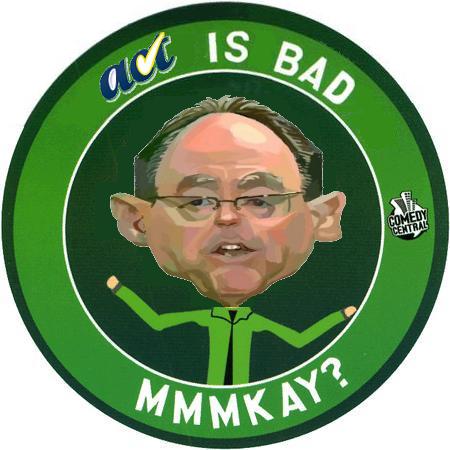Having said that humans are not inherently immortal, and only possess immortality if it is bestowed upon them by God, the Bible does indicate that there will be a resurrection of the dead—not only of the righteous, but also of the unrighteous—and that there will be a final Judgement.
“Those who have done good will rise to live, but those who have done evil will rise to be condemned.” (Jn 5.29)
The book of Revelation also describes the final judgement:
The sea gave up the dead that were in it, and death and Hades gave up the dead that were in them, and each person was judged according to what they had done. Then death and Hades were thrown into the lake of fire. The lake of fire is the Second Death. If anyone’s name was not written in the book of life, he was thrown into the lake of fire. (Rev 20.13-14)
The Second Death is best understood as extinction or annihilation. While the lake of fire itself is described as a never ending fire, there is no indication that those who are thrown into it will be eternally tormented. The exception is the devil, the beast and the false prophet who are thrown into the lake of burning sulphur and “will be tormented day and night for ever and ever” (Rev 20.10)
Prior to the resurrection of the dead and the last judgement, the dead are said to dwell in a shadowy abode called Sheol (in the Hebrew Old Testament) and Hades (in the Greek New Testament). It is said that Jesus descended into Hades after His death—that is, not into hell, but into the underworld.
The story of Lazarus and the rich man (Lk 16.19-31) refers to Hades. Lazarus is in paradise, while the rich man suffers in Hades. This story, more than any other, is used by opponents of annihilationism to indicate that the wicked suffer eternal torment. The story raises a number of questions: is the story a parable or an account of an actual event? Are we to understand it literally or metaphorically?
This story is in the context of a number of parables—the lost sheep, the pieces of silver, the prodigal son, the unjust steward and the rich man and Lazarus. Both the story about the rich man and Lazarus and the parable immediately before it, the unjust steward, begin with the same words: “There was a certain rich man…” (Lk 16.1, 19)
I am more inclined to see this as a parable, and therefore as a symbolic story rather than an account of an “historical” event in the afterlife. However, even if we were to understand it literally, we may note that Hades is the abode of the dead until the last judgement, and therefore the rich man’s condition is not (necessarily) eternal. After the resurrection of the dead, we may surmise, Lazarus will be raised to life and the rich man will be raised to condemnation, thrown into the lake of fire, and annihilated.
When we read any part of the Bible we must ask what the author’s point is. It is not legitimate to read a meaning into the story which the author did not intend. We may ask, then, if Jesus’ purpose was to describe in literal terms the condition of the afterlife, or if He was making another point. I would suggest that the intended message is twofold: firstly, that those who oppress the poor and needy now will, in the future, receive punishment, while those who are afflicted now will be comforted and receive a good reward. This is true regardless of whether we think of hell as torture or annihilation. Secondly, the point is that “if they do not listen to Moses and the Prophets, they will not be convinced even if someone rises from the dead” (Lk 16.31). The question has to do with what will convince the Pharisees of the truth of Jesus’ claims—miracles and even resurrections will not suffice. Probably, the purpose of the story is not to give a realistic description of the eternal destiny of the wicked.
However, it would be dangerous to build a doctrine of eternal punishment on a parable, especially when there is no indication that the rich man is being eternally punished. If anything, the parable is about the condition of the wicked prior to the final judgement.








